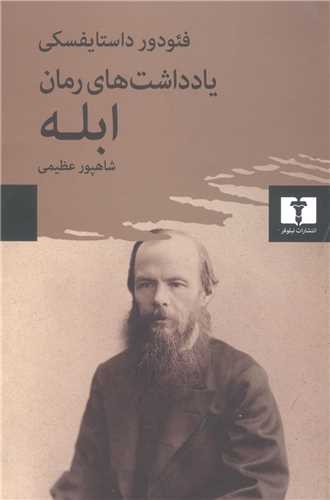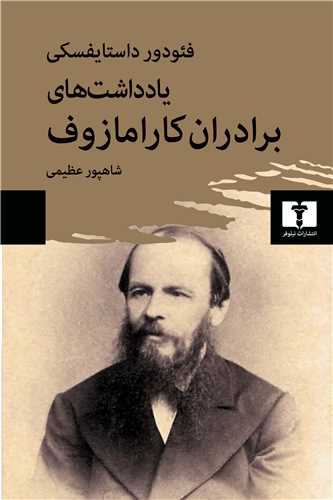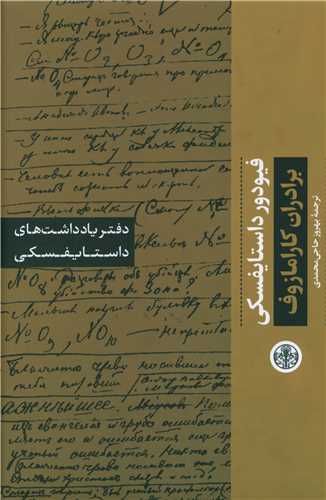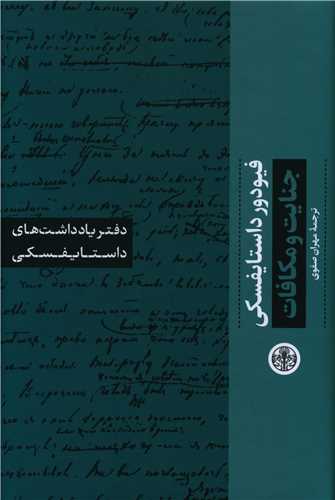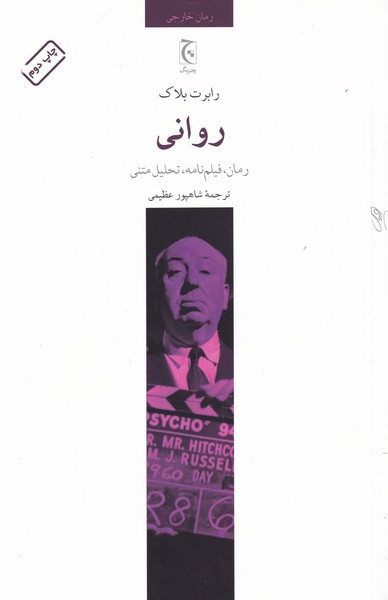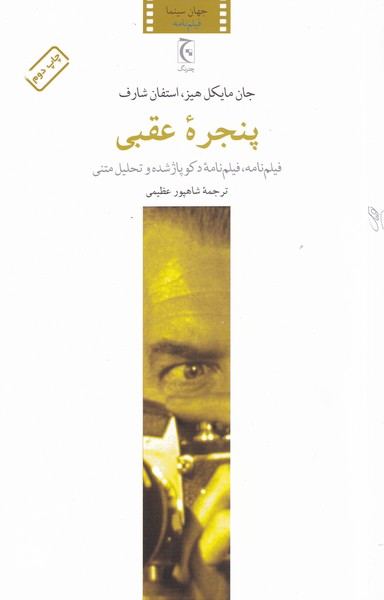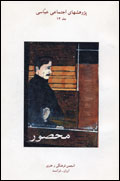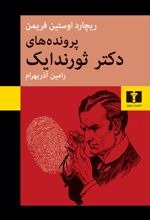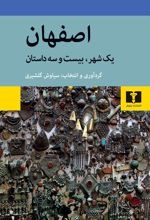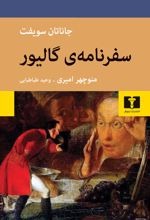Yāddāsht'hā-yi Rumān-i Ablah: Persiska (Farsi) 2022
یادداشتهای رمان ابله
17,59 $
Dela
Wishlist
ISBN:
9786227720501
Översättare:
Shāhpūr 'aẓīmī
Förlag:
Nilufar
Åldersgrupp:
Vuxen
Sidor:
360
Vikt:
410 g
Produktmått:
14 x 21 x 3
,
3 cm
Bokomslag:
Pocketbok
"This is an invaluable aid to the understanding not only of the finished work of art but also of Dostoyevsky's strangely tortured yet confident creative process." — Modern Fiction Studies.
"Superbly edited by Edward Wasiolek and well translated (despite difficult problems of rendering) by Katharine Strelsky." ― The New York Times Book Review.
The central idea of The Idiot, according to its author, was "to depict a completely beautiful human being." More prosaically, the novel was intended to shore up Dostoyevsky's professional and financial state. The portrait of Prince Myshkin, a holy fool, was created in desperation amidst the squalid poverty engendered by the Russian writer's compulsive gambling. Dostoyevsky's entire future depended on the success of his next novel, which began as one story and ended as quite another.
After publishing the first part of The Idiot in The Russian Messenger, Dostoyevsky had no idea how to continue the story. The second part is a quite different novel. The author's notebooks reveal at least eight plans for the tale, with numerous variations on each plan. A unique document of the creative process, this volume is illustrated by facsimiles of original pages from the notebooks, offering a rich source of information about the development of Dostoyevsky's enigmatic novel.
more
به نظر میرسد داستایفسکی در یادداشتهای رمان ابله سماجت عجیبی در نزدیک شدن به همان ایدهای به خرج میدهد که همواره در ذهنش وجود داشت: خوبی و نجابت از دل بدی و شرارت زاده میشود. این جانمایه ادبیات کلام او در مقام نویسندهای است که به سرشت نیک انسانها ایمان دارد اما میداند که در هرگامی، شکها و تردیدها کمین کردهاند تا گمراهش کنند. داستایفسکی در شش طرح از هشت طرحی که برای یافتن ساختار رمان ابله قلمی میکند، شخصیت شروری با به تصویر میکشد که از انجام هیچ گناهی ابایی ندارد. اما از دل این همه شرارت ناگهان یک پرنس زاده میشود که مظهر پاکی و معصومیت است. جهان و مردمانش را زیبا میبیند اما ممکن است مانند هر انسان دیگری خطاهایی نیز داشته باشد. او مانند نیلوفری از دل لجن بویناک زندگی سر بر میکشد، با چنین جهانی بیگانه است اما دوستش دارد، برای همین مردم بیخبر از همهجا او را ابله میدانند.
more

